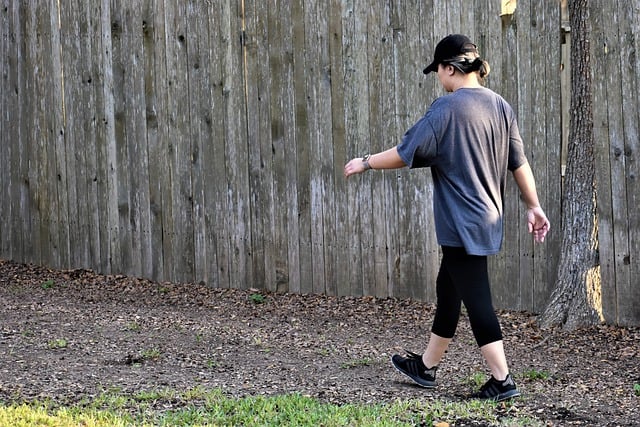Before the discovery of insulin in 1921, all people with type 1 diabetes died within a few years after the appearance of the disease. Although insulin is not considered a cure for diabetes, its discovery was the first major breakthrough in diabetes treatment.
Today, daily injections of insulin are the basic therapy for type 1 diabetes. Insulin injections must be balanced with meals and daily activities, and glucose levels must be closely monitored through frequent blood sugar testing.
Diet, exercise, and blood testing for glucose are also the basis for management of type 2 diabetes. In addition, some people with type 2 diabetes take oral drugs or insulin to lower their blood glucose levels.
People with diabetes must take responsibility for their day-to-day care. Much of the daily care involves trying to keep blood sugar levels from going too low or too high. When blood sugar levels drop too low--a condition known as hypoglycemia--a person can become nervous, shaky, and confused. Judgment can be impaired. Eventually, the person could pass out. The treatment for low blood sugar is to eat or drink something with sugar in it.
On the other hand, a person can become very ill if blood sugar levels rise too high, a condition known as hyperglycemia. Hypoglycemia and hyperglycemia, which can occur in people with type 1 diabetes or type 2 diabetes, are both potentially life-threatening emergencies.
People with diabetes should be treated by a doctor who monitors their diabetes control and checks for complications. Doctors who specialize in diabetes are called endocrinologists or diabetologists. In addition, people with diabetes often see ophthalmologists for eye examinations, podiatrists for routine foot care, dietitians for help in planning meals, and diabetes educators for instruction in day-to-day care.
The goal of diabetes management is to keep blood glucose levels as close to the normal (nondiabetic) range as safely possible. A recent Government study, sponsored by the National Institute of Diabetes and Digestive and Kidney Diseases (NIDDK), proved that keeping blood sugar levels as close to normal as safely possible reduces the risk of developing major complications of diabetes.
The 10-year study, called the Diabetes Control and Complications Trial (DCCT), was completed in 1993 and included 1,441 people with type 1 diabetes. The study compared the effect of two treatment approaches--intensive management and standard management--on the development and progression of eye, kidney, and nerve complications of diabetes. Researchers found that study participants who maintained lower levels of blood glucose through intensive management had significantly lower rates of these complications.
Researchers believe that DCCT findings have important implications for the treatment of type 2 diabetes, as well as type 1 diabetes.
Source: NIDDK. Photo: Ray Shrewsberry / Pixabay









